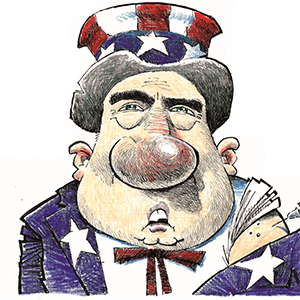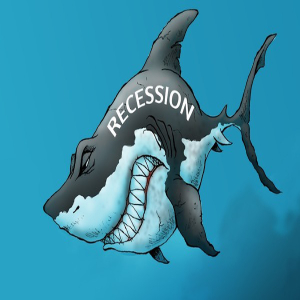Workplace diversity training programs are everywhere, but their effectiveness varies widely
Published in News & Features
Despite recent efforts to restrict them, diversity training programs have become as ubiquitous in American offices as the water cooler. They’re everywhere.
But our recent update on the state of diversity training research confirms that these programs have different levels of effectiveness and widely varying results.
In our prior work, published in 2016, we found that diversity training programs strive to foster understanding and appreciation of differences among people. This message, however, was often misunderstood or overlooked in American workplaces.
Alarmed by growing polarization and unequal treatment that have become serious public and social concerns in America and abroad, we updated our prior findings to see what has changed.
We did so because these divisions contribute to toxic relationships, dysfunctional organizations and fragmented societies — the same things diversity training is supposed to address.
Some of the research we studied found that diversity training had a limited positive impact on workplace demographics. And in some cases, these programs also created resistance and backlash.
Often, underperforming programs focus exclusively on a specific marginalized group — African Americans or the LGBTQ+ community, for example — rather than educating people about the value of our differences.
Effective programs, in this sense, are measured by participants’ cognitive learning and affective learning, or how they perceive others. Behavioral learning — how well participants interact with different people — represents another standard of success.
In our study, other underachieving programs struggled to get participants to change how they judge people who are different. Most of these programs were online or conducted over a brief period of time.
On the other hand, diversity training programs that had better results often implemented skills training and role-playing. These include role-playing simulations of business negotiations. They also featured conflict management courses where participants interact with diverse counterparts.
Some of these programs also emphasize training earlier in grade school, before people enter the workforce. These programs include, for example, activities like playing soccer with kids from varying ethnic backgrounds.
Successful programs were also more effective when they formed part of a broader, ongoing company effort against intolerance. Positive examples include retention and recruitment efforts, affinity clubs and mentorship programs.
The research on some of these successful programs showed that diversity training led to better productivity and organizational commitment. They also resulted in less harassment.
This article is republished from The Conversation, a nonprofit, independent news organization bringing you facts and trustworthy analysis to help you make sense of our complex world. It was written by: Yekaterina Bezrukova, University at Buffalo
Read more:
Carbon offsets can help bring energy efficiency to low-income Americans − our Nashville data shows it could be a win for everyone
The backlash against diversity, equity and inclusion in business is in full force − but myths obscure the real value of DEI
Diversity of US workplaces is growing in terms of race, ethnicity and age – forcing more employers to be flexible
Yekaterina Bezrukova does not work for, consult, own shares in or receive funding from any company or organization that would benefit from this article, and has disclosed no relevant affiliations beyond their academic appointment.








Comments